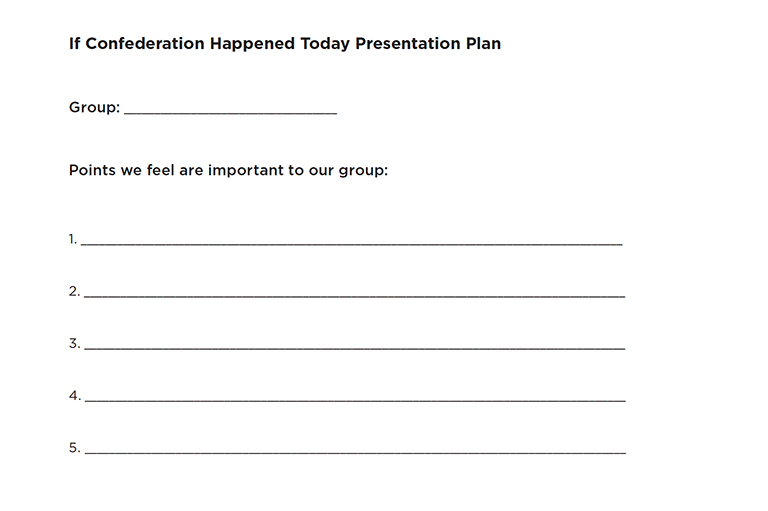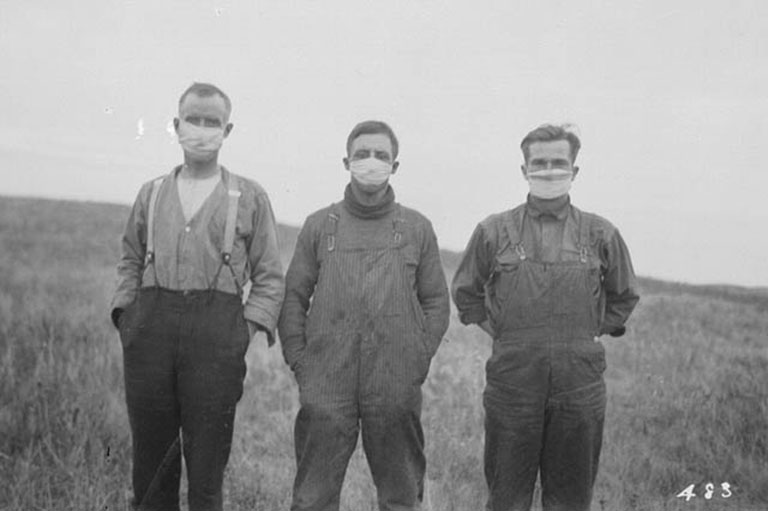If Confederation Happened Today
During the conversations leading up to Confederation, many groups of people were left out or underrepresented. Women and Indigenous peoples were not included in the Confederation Debates, as well as many immigrant groups that are currently part of Canada’s population. Some of the concerns that were brought up during the negotiations involved settling the West; the creation of a railway; military protection against the Americans; and the protection of French, Irish and Acadian culture, language and legal rights.
Interactive Activity:
Note: Click here to download the printable version for your classroom.
With your students, read “Out of the Picture” on pages 17 and 18 of the Summer 2017 issue of Kayak: Canada’s History Magazine for Kids. As a class, brainstorm which groups were left out of negotiations (this can be very open ended to include the groups listed in Kayak and also other groups such as children or Canada’s current immigrant population). The class will divide up into small groups of 3-5 students and each small group will be assigned one of the population groups which weren’t included in negotiations of the original constitution. Groups will come up with 3-5 points that they feel are important to the group they represent, today or in the past (ex. children feel there should be access to education; women feel both women and men should be allowed to vote). They can write these points on the worksheet provided, and practise taking turns presenting each of the points.
When everyone is ready, gather as a class around a large table, with group members seated together. Each group will take a turn outlining the points that they feel are essential for them to join Confederation. After each group has shared, your class can vote on whether or not they feel their confederation should pass today to create a brand new, and much more inclusive, Dominion of Canada.
If you would like more background information on these topics see the “Confederation: The Unfinished Project” lesson plan by Dr. Karine Duhamel.

Themes associated with this article
Advertisement









